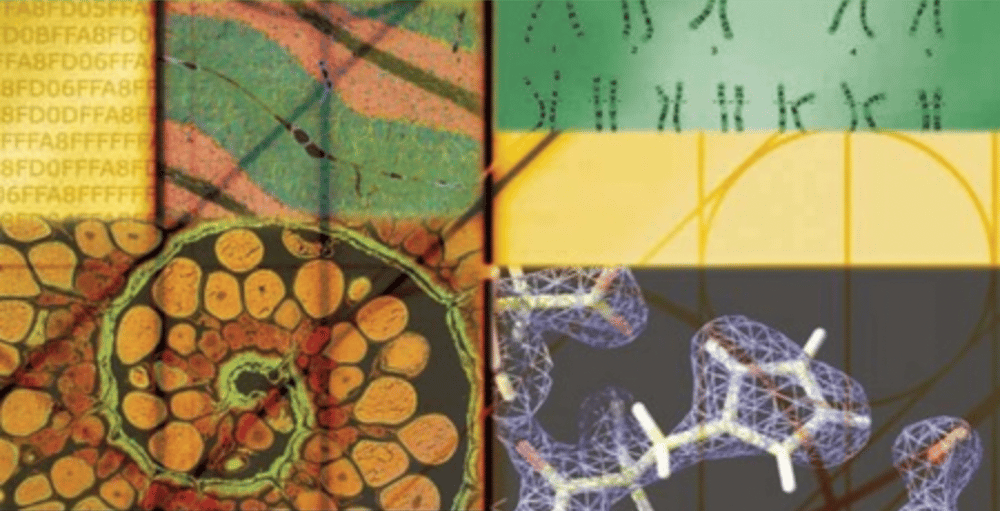
The MIP program was launched to help meet the Materials Genome Initiative goal to discover, manufacture, and deploy advanced materials twice as fast and at a fraction of the cost compared to traditional methods.

Third MIP Competition in 2025
The third MIP competition in 2025 will accept proposals on alloys, amorphous, and composite materials.

Closing the Loop
Report of the MPSAC Subcommittee on Materials Instrumentation.

Materials Genome Initiative (MGI) Activities
The Materials Genome Initiative is a federal multi-agency initiative to accelerate the discovery, design, development, and deployment of new materials, at a fraction of the cost. Three primary goals for the next several years are to unify the materials innovation infrastructure, to harness the power of materials data; and to educate, train, and connect the materials research and devolvement workforce.

2006 NRC Report: Midsize Facilities: The Infrastructure for Materials Research
With support from the Department of Energy and the National Science Foundation, the NRC carried out a study to characterize and discuss ways to optimize investments in materials research facility infrastructure with attention to midsize facilities. This report provides an assessment of the nature and importance of mid-sized facilities, their capabilities, challenges they face, current investment, and optimizing their effectiveness.

Frontiers of Materials Research (A Decadal Survey)
This third decadal survey in materials research reviews the progress and achievements in materials research and changes in the materials research landscape over the last decade; research opportunities for investment for the period 2020-2030; impacts that materials research has had and is expected to have on emerging technologies, national needs, and science; and challenges the enterprise may face over the next decade.

2009 NRC Report: Frontiers in Crystalline Matter: From Discovery to Technology
This book describes the challenges and opportunities facing scientists who discover new crystalline materials and grow large crystals and charts a way for the United States to reinvigorate its efforts and thereby return to a position of leadership in this field.

2010 NRC Report: Research at the Intersection of the Physical and Life Sciences
Traditionally, the natural sciences have been divided into two branches: the biological sciences and the physical sciences. Today, an increasing number of scientists are addressing problems lying at the intersection of the two.

2008 NRC Report: Inspired by Biology: From Molecules to Materials to Machines
Scientists have long desired to create synthetic systems that function with the precision and efficiency of biological systems. Using new techniques, researchers are now uncovering principles that could allow the creation of synthetic materials that can perform tasks as precise as biological systems.

Data Analytics and What It Means to the Materials Community
Emerging techniques in data analytics, including machine learning and artificial intelligence, offer exciting opportunities for advancing scientific discovery and innovation in materials science. How can the materials science community take advantage of these opportunities while avoiding potential pitfalls? What roadblocks may impede progress in the coming years, and how might they be addressed?

Division of Materials Research (DMR)
Division of Materials Research supports fundamental research on design, synthesis and characterization of novel materials and on discovery and understanding of new behavior of matter and materials.